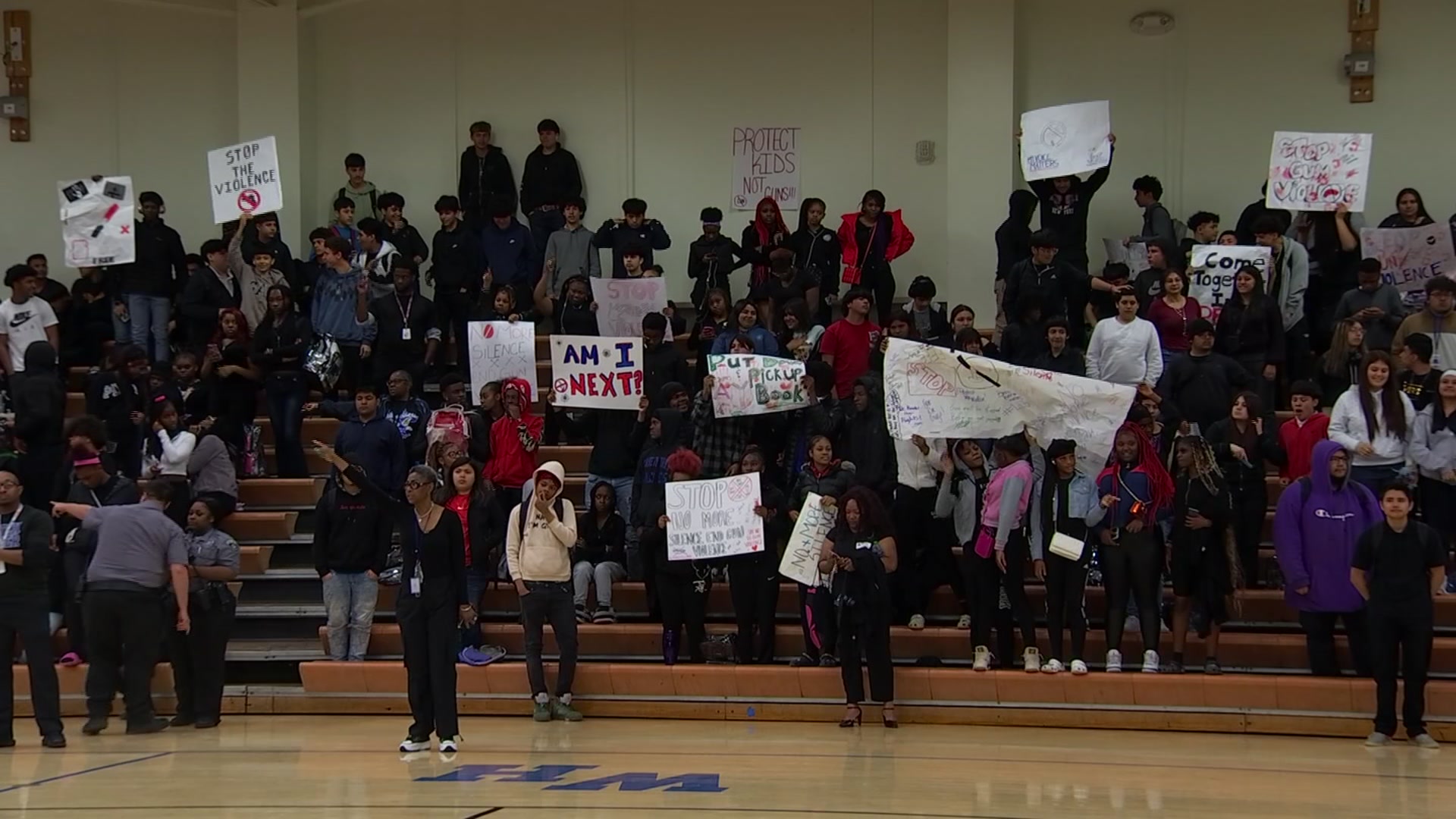New tariffs imposed this week on imported solar panels come at a time when the solar industry has been heating up in Texas.
Texas added enough solar power in the third quarter of 2017 to power 44,000 homes, more than what the state added in all of 2015, according to the Solar Energy Industries Association (SEIA.)
All told, Texas has the solar capacity to power 207,000 homes as of the end of the third quarter 2017.
In addition, 9,396 Texans held jobs in the solar industry as of the end of 2016 - the latest year for which there is complete data - which is the third most of any state in the country.
The tariffs were approved on Monday by President Donald Trump. They apply to imported solar-energy components and large washing machines in a bid to help U.S. manufacturers.
Most imported solar modules will face an immediate tariff of 30 percent, with the rate declining each successive year before phasing out after four years.
That tariff could raise the cost for someone who adds solar power to their home by somewhere from $500 to $1,000, depending on the size of their overall bill.
Opinions in the solar industry are mixed about the potential impact of the new tariffs.
Local
The latest news from around North Texas.
The SEIA argued against the tariff, citing a concern that they will have the opposite impact that the President intends, which is to benefit American solar businesses.
SEIA claims that as many as 23,000 people in the solar industry will lose their jobs as a direct result of the tariffs. Those jobs lost would largely be the people who handle installation for American solar firms.
A Texas-based solar module manufacturer - Mission Solar Energy of San Antonio - announced this week it now plans to hire 50 additional employees so it can ramp up production to a 24/7 schedule.
"Worst case scenario [the tariff] is a speed bump on the road to our renewable energy future," said Andrew Whitehead of Axium Solar in Plano.
According to Whitehead, utility companies that are looking to build large solar farms are the ones that will be most hurt by the increased cost. And he emphasized that even with the tariff, home customers will still pay far less to install solar today than they would as recently as two years ago.
"We are looking at potential price increases that still make the cost of going solar historically low compared to even a few years ago. So while [the tariff] is not good news it certainly is not devastating news for the solar industry," Whitehead said.
Solar advocates in North Texas make a similar argument.
Lissa Magel is Chair of the North Texas Renewable Energy Group, which is the local chapter of the Texas Solar Energy Society. Magel and her colleagues work to educate people about energy efficiency and the long-term benefits of adding solar panels to your home.
Magel said she is proud that Texas is the leader in terms of generating wind energy in the United States, but emphasized that the Lone Star State has not had the same, strong track record with harnessing solar energy as it should have to this point.
Magel described Texas as a "state on the brink," meaning any added cost to solar power could discourage some potential customers from considering it.
But that concern is misplaced, according to Magel.
"I think that homeowners may be hearing this for the first time and it may seem like a negative to them," Magel said about the tariffs. "The prices will tick up a little bit. But if you shop around and select your system carefully with regard to what your energy use is, and if you reduce your energy use, you'll come out ahead anyway."



